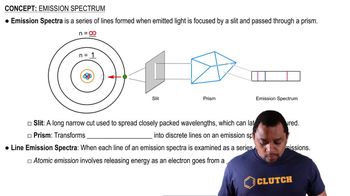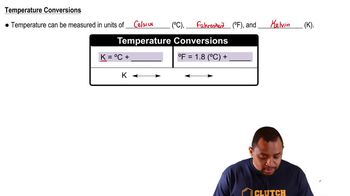Here are the essential concepts you must grasp in order to answer the question correctly.
Volcanic Eruptions and Gas Emissions
Volcanic eruptions release various gases, including sulfur dioxide (SO2), into the atmosphere. SO2 can undergo chemical transformations, such as oxidation to sulfur trioxide (SO3), which is crucial for understanding the impact of volcanic activity on climate. The large quantities of SO2 emitted during eruptions can significantly influence atmospheric chemistry and climate patterns.
Recommended video:
Aerosol Formation and Climate Effects
Aerosols are tiny particles suspended in the atmosphere that can originate from various sources, including volcanic eruptions. When SO3 reacts with water vapor, it forms sulfuric acid aerosols, which can reflect sunlight and increase cloud formation. This process leads to a cooling effect on the Earth's surface, as these aerosols scatter and absorb solar radiation, reducing the amount of heat that reaches the ground.
Recommended video:
Radiative Forcing and Temperature Change
Radiative forcing refers to the change in energy balance in the Earth's atmosphere due to factors like greenhouse gases and aerosols. The introduction of sulfuric acid aerosols from volcanic eruptions leads to negative radiative forcing, which results in a cooling effect. This mechanism explains the observed drop in surface temperatures, as the aerosols reflect incoming solar radiation, thereby reducing the overall temperature in the affected regions.
Recommended video:
Temperature Conversion Formulas





